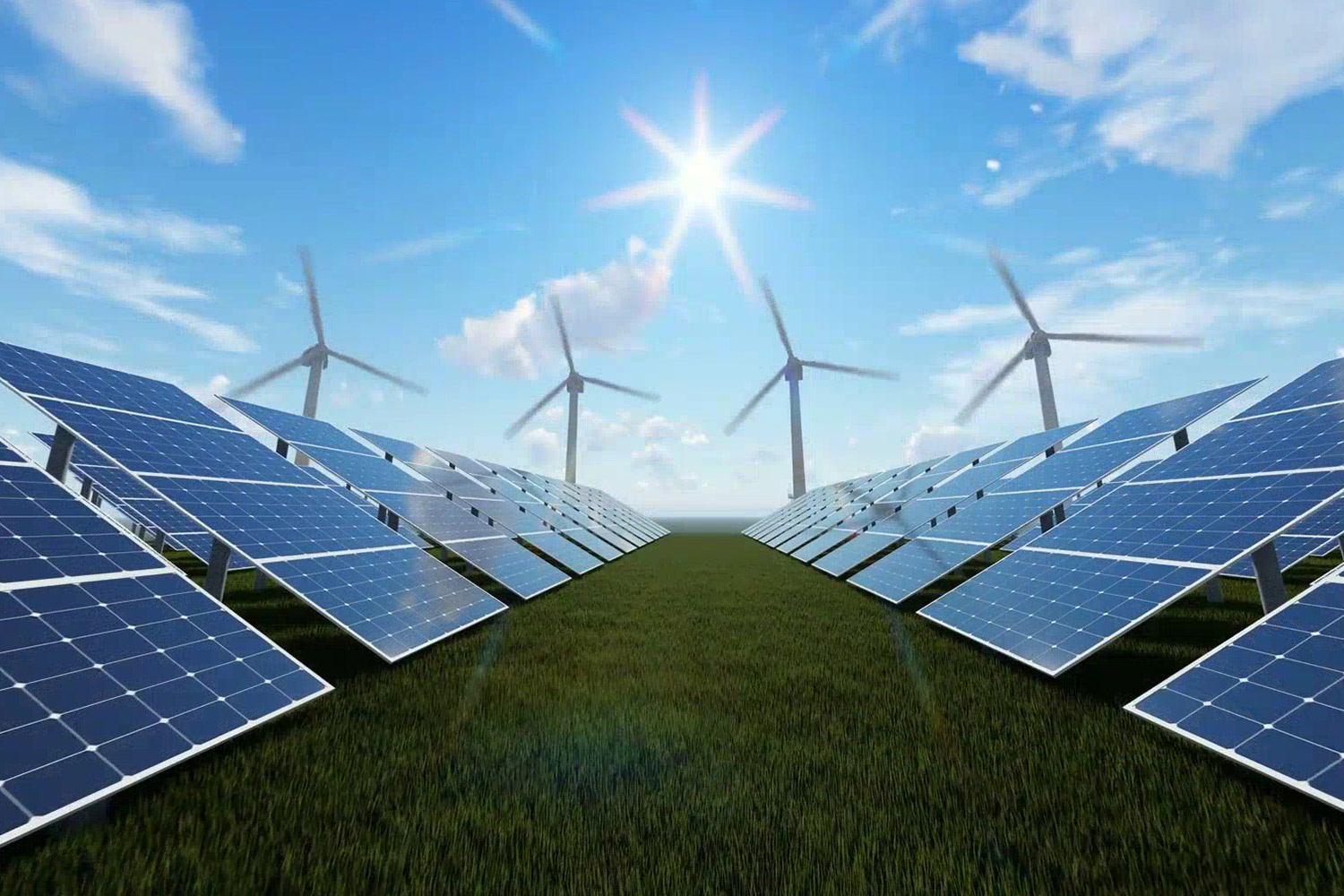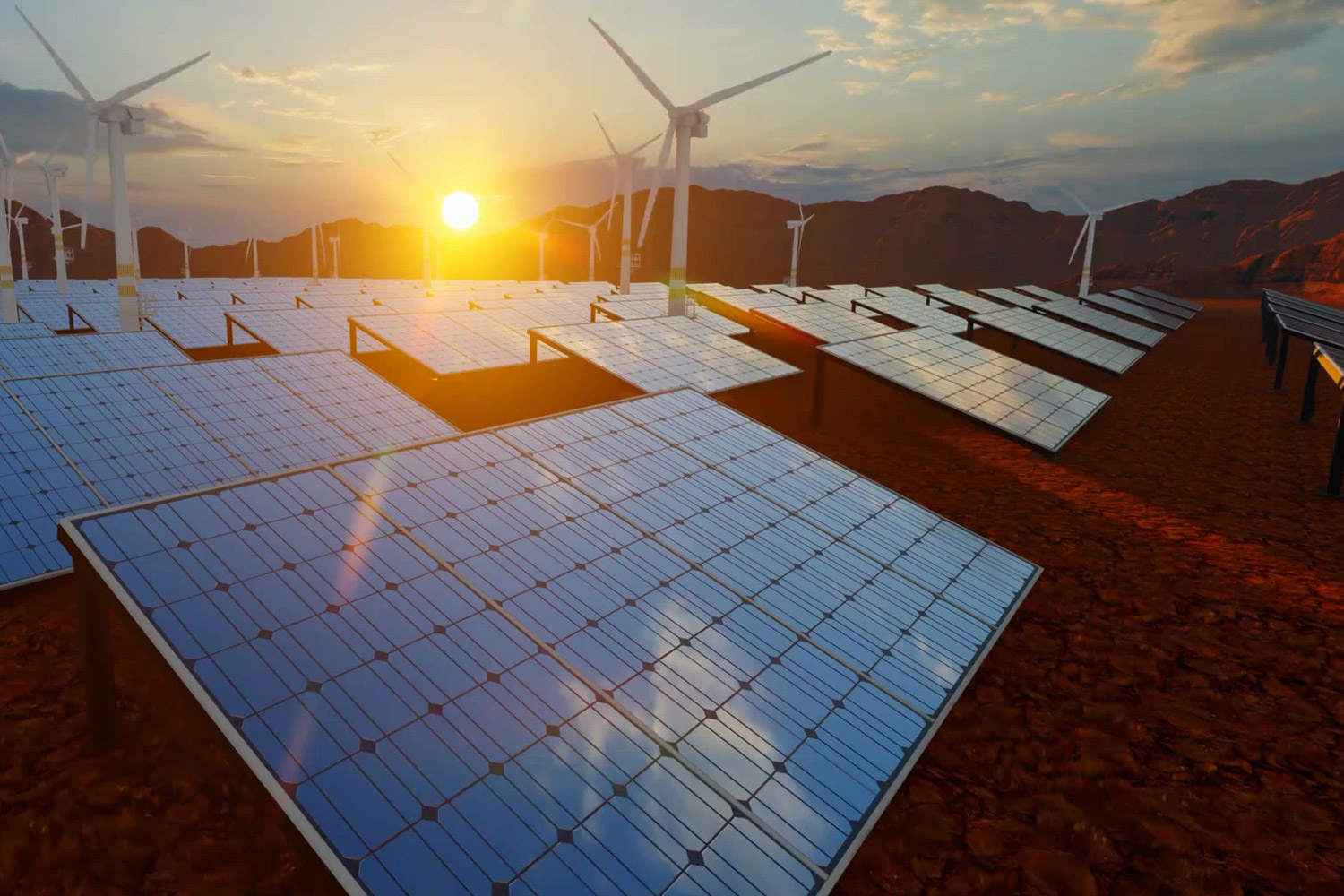
Our escalating energy needs have long been attributed to wind and solar energy. We are forced to focus on these two formidable renewable energy sources as fossil fuel stocks are depleted and concerns over climate change grow. Utilizing wind and solar energy as our major energy sources is not only a sensible and viable decision for our shared future, but it is also one that is environmentally conscious.
The Force of the Wind
Wind energy, one of the most rapidly expanding renewable energy sources, is produced by wind turbines, which transform kinetic energy into electricity. In contrast to fossil fuels, wind is an unbounded resource that is free and readily available everywhere. It has a negligible impact on the environment because it produces no emissions when it is in use which can worsen air pollution or global warming.
Wind turbine technology has advanced significantly throughout time, making them more effective, economical, and able to produce more electricity than ever before. Due to the increased wind speeds accessible at sea, offshore wind farms in particular constitute a substantial growth area and offer even more potential for electricity generation.
Luminosity of the Sun
Solar energy makes use of the sun’s radiant heat and light and is another significant player in the renewable energy market. Solar power systems use concentrated solar power systems or photovoltaic cells to capture this energy. Solar energy is plentiful, renewable, and produces no greenhouse gases while in use.
Solar energy is becoming a more appealing choice for both household and business use as a result of solar panel costs falling and efficiency rising. In fact, solar energy has the capacity to supply a considerable amount of the world’s electricity needs. The intermittent nature of solar electricity (it is only available when the sun is shining) is becoming less of an issue with the development of more sophisticated and affordable energy storage systems, such as improved batteries.
Enhancing one another
The complementary nature of wind and solar electricity is one of the strongest justifications for their dual use. Wind energy can regularly fill in the gaps left by intermittent solar power, which only generates electricity during the day. This is because wind patterns frequently diverge from solar availability. We can improve the power supply and get closer to a 24/7 renewable power solution by merging these two renewable energy sources.

The Future Obstacles
Despite the enormous potential of wind and solar electricity, there are obstacles to be addressed. Installation of these sources necessitates large amounts of land or water, which may result in disputes over land use and environmental issues. Due to their erratic nature, these power sources also necessitate large amounts of energy storage or backup power sources.
In addition, significant infrastructure improvements will be needed to move to a power grid that mostly uses wind and solar energy. Along with the creation and installation of wind turbines and solar panels, this will also entail the advancement of energy storage technologies, as well as more adaptable and reliable power infrastructures.
Future Sustainability
Despite its drawbacks, wind and solar energy are essential to the development of a sustainable energy future. They offer us a chance to switch from using polluting and limited fossil fuels to a more sustainable, clean, and possibly endless source of energy.
Adopting wind and solar energy is about more than just being environmentally conscious. It focuses on economic realism, energy security, and laying the groundwork for a time when we can meet our energy demands while still protecting the environment. We can harness the wind and sun to power our world sustainably and effectively with sustained innovation and investment.
Proposal for a 100,000 Mt/day Seawater Desalination Plant in Indonesia Geodyn Solutions proposes a 100,000 Mt/day (100,000 m³/day) seawater desalination plant in …
Geodyn Solutions Program Proposal for Food Security in Vietnam Vietnam faces significant food security challenges due to climate change, soil degradation, and …


